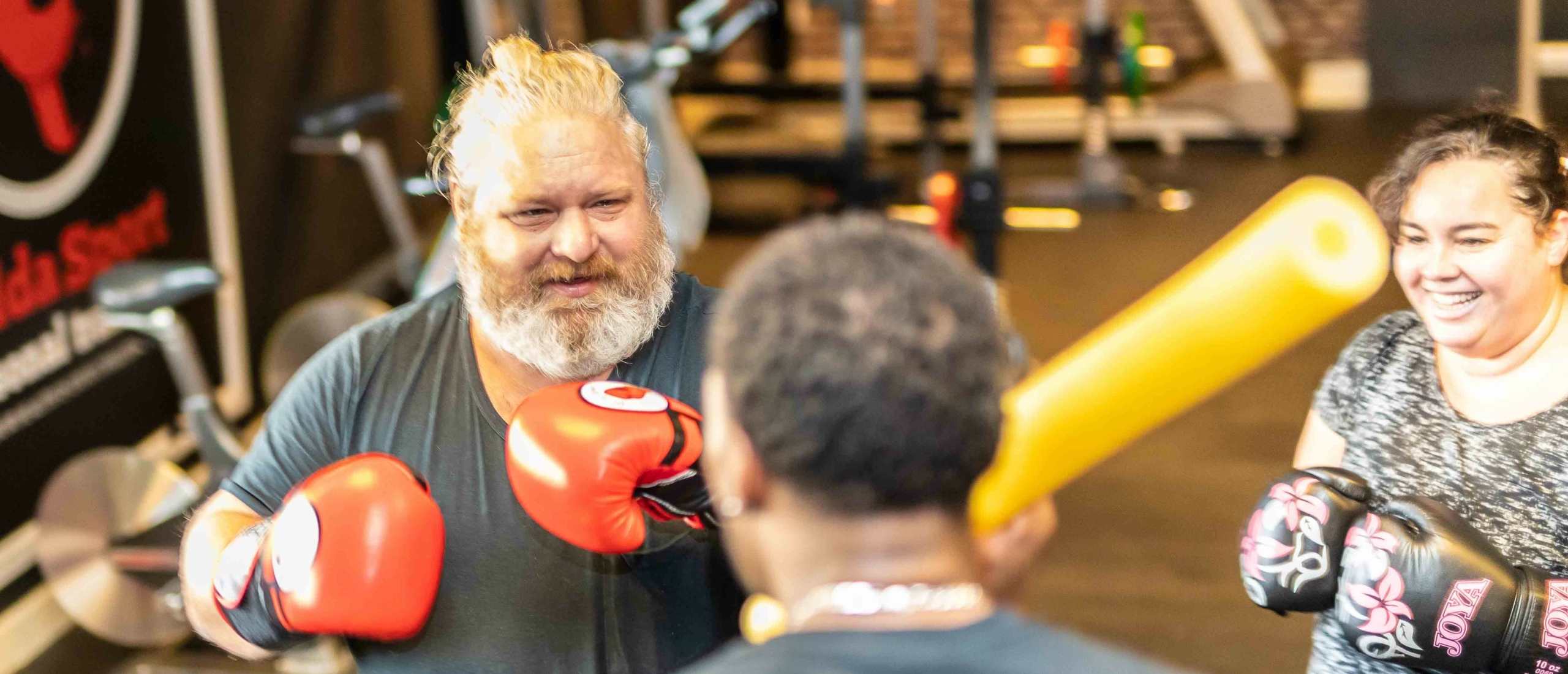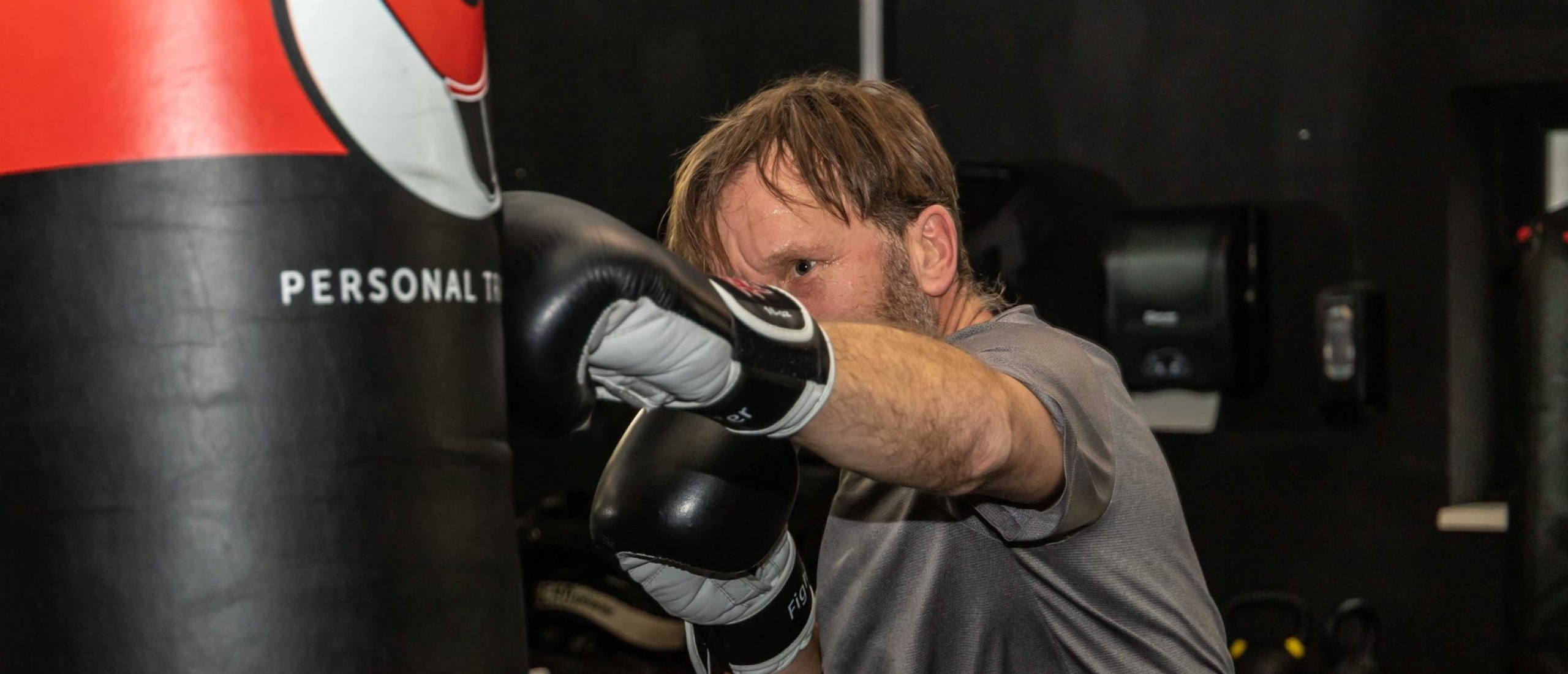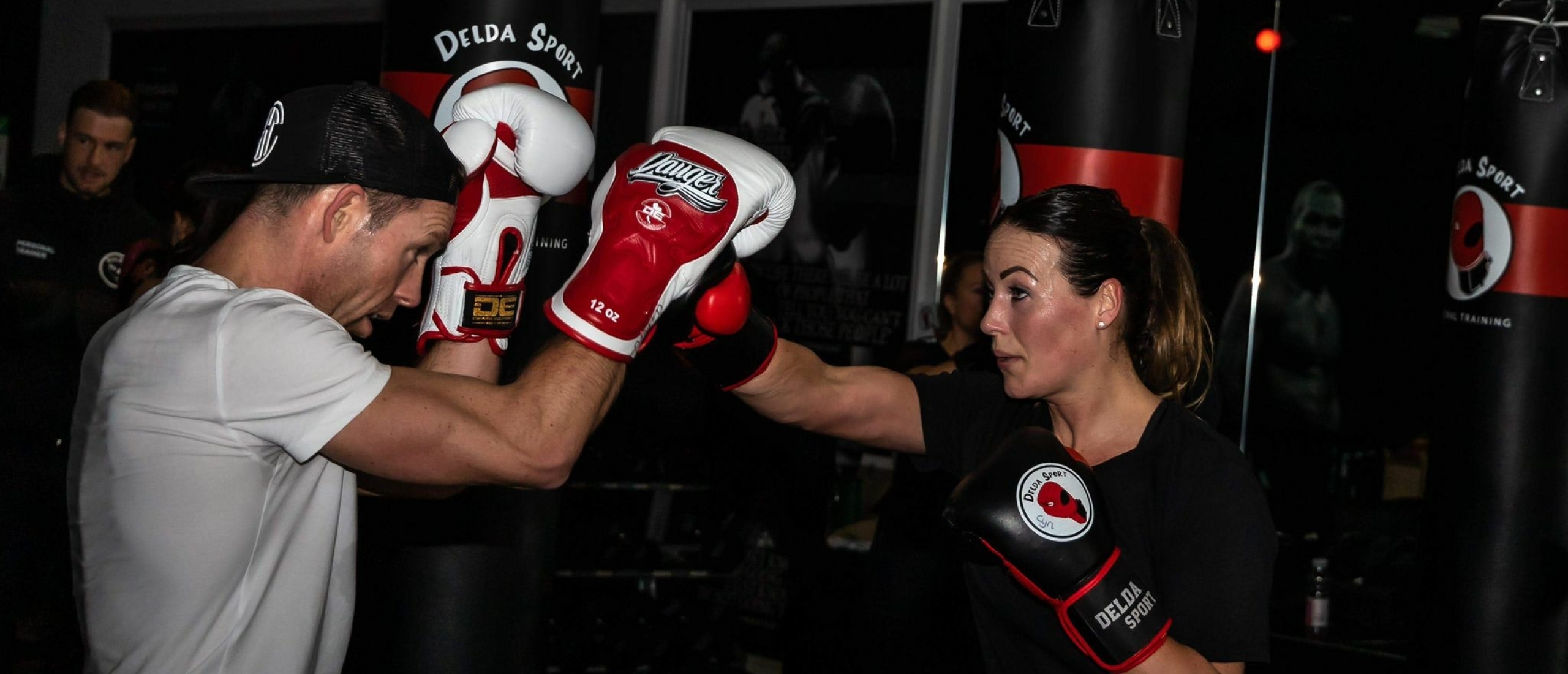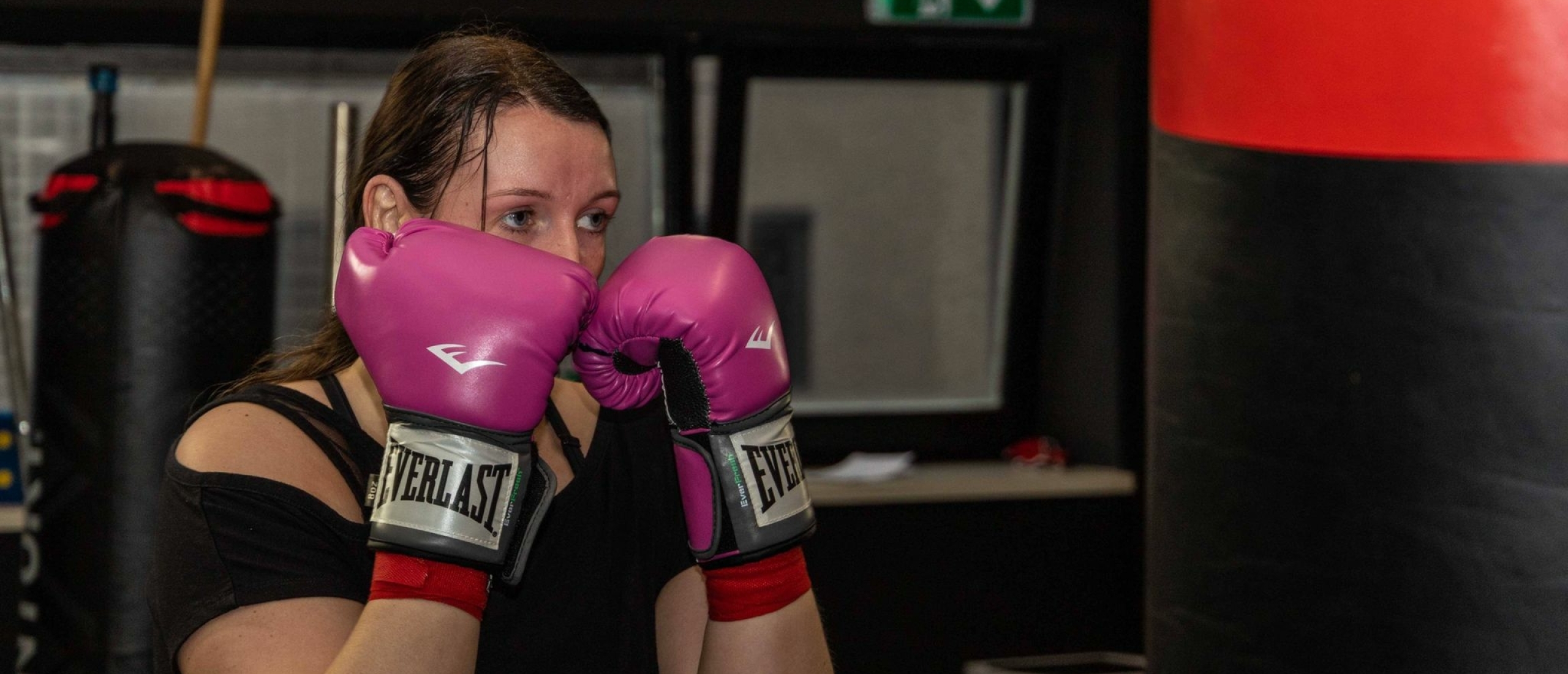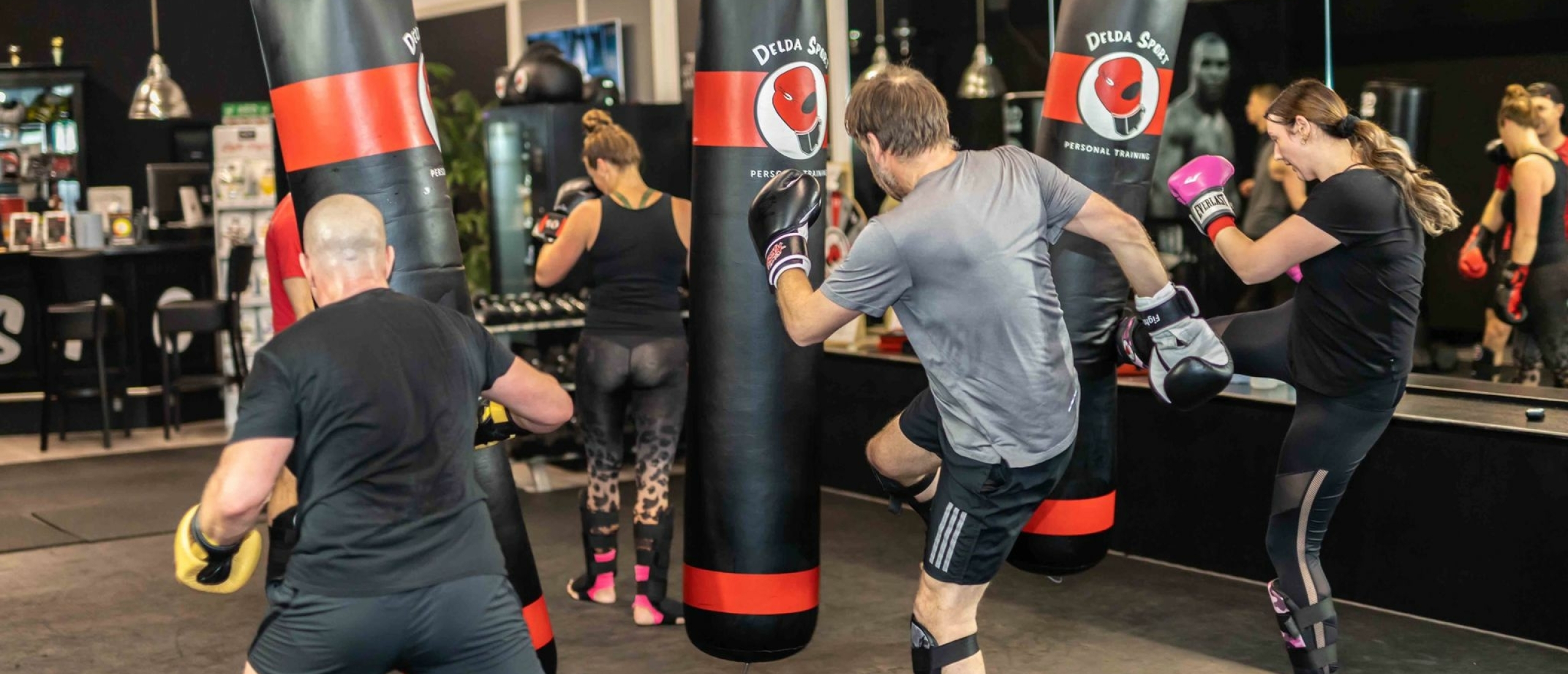Kickboxing is an exceptional combat sport that works your core and teaches you quite a few things about self-defense as well. Kickboxing is not what everyone would like to take upon as it is not something down everyone's alley. Although it's a great overall activity, people don't really know and understand its potential.
The people who invest their time and money into kickboxing yield amazing results. Kickboxing is one of the best cardiovascular exercises that keep your heart and lungs in good shape and strengthen the whole body, especially the arms and legs. Kickboxing enhances balance, improves coordination, increases strength, and keeps you fit and healthy.
When choosing kickboxing, you are met with a lot of variety. You basically have to choose the variation and kickboxing styles. There are five main kickboxing styles, American kickboxing, French kickboxing, Dutch kickboxing, Muay Thai, and Cardio kickboxing. Before getting into the activity, you should choose the one that fits your preferences.
Let's see how beginners start with their kickboxing journey and what workout routines they begin with.
1. Find the Perfect Instructor
Finding the perfect instructor is one of the most important steps of learning how to kickbox. People often don't pay much attention to this and take up any class they find the most suitable, but this is not enough. You have to look for an instructor who is qualified and competent enough to monitor your progress and guide you one step at a time.
What you can do to find a great instructor is by reading reviews or talking to their students. This will help you make the right decision. You should also talk to the instructor and clear any doubts you have in your mind before beginning the training. Don't forget to check your teacher's certifications and be absolutely sure of what you want.
Keep your comfort level and preferences in mind because kickboxing is a long process. If you are not comfortable with a mixed-gender class, go for classes designed for your gender type. If you are not comfortable being in front of anyone, then go for solo lessons (they will be much more expensive, but you will get your privacy).
2. Invest in the Appropriate Gear
Before the first kickboxing session, most kickboxing instructors will tell you which equipment you'll require. Get yourself some training attire in which you don't mind sweating and are comfortable.
It's crucial to understand that the kickboxing gear you use will vary depending on the kickboxing variation you choose to attend. Many cardio kickboxing courses, for instance, will not involve any equipment such as boxing gloves or safety helmets.
You have to understand that not every studio or gym has kickboxing gear available, so relying on them for loaning the gear is not an ideal approach. It is always advised to buy the equipment you'll need. Having your own gear will give you confidence, and you can easily practice what you've learned in class at your home. We understand that the gear might be costly, but you can always look for pre-owned stuff. Also, all this is an investment towards a healthy and stronger future.
Some gears that you might need are listed below:
- Boxing gloves
- Heavy bag (punching bag)
- Mouthguard
- Shinguard
- Head guards (Helmet)
- Hand wraps
3. Focus on Your Diet
Diet is another factor to consider while doing kickboxing. Kickboxing is a cardio exercise, and so you'll be burning a lot of calories, and if you are on an empty stomach, you won't be able to withstand the challenging workout. Also, it is not advised to eat right before the session, or you'll end up feeling nauseating or might thorough up.
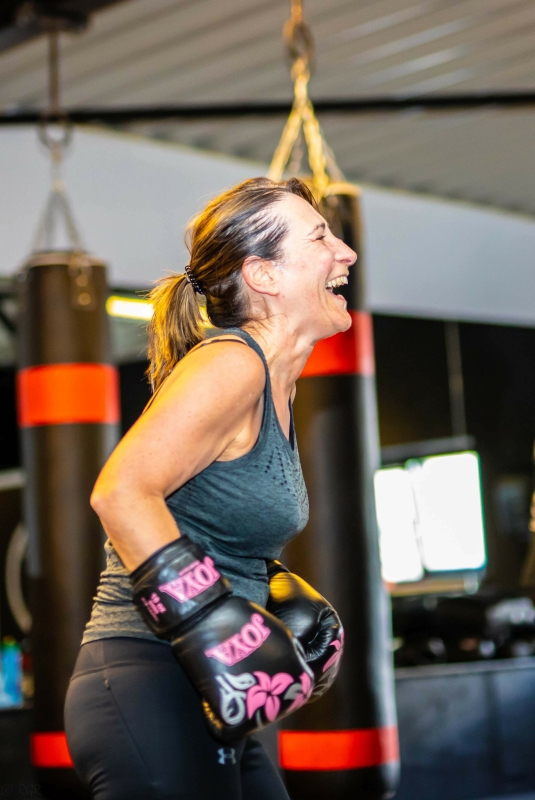
We suggest you maintain a healthy diet and stay away from fatty foods. You can eat anything that you think is fine for your health and dietary requirements; ensure it is nutritious and won't slow your progress throughout your training.
Now that you know what you should be doing as a beginner and which areas to focus on let's see which exercises are included in their routine.
Additional Cardio
Kickboxing is considered great cardio, but the sport is all about strength. Adding a few more cardio exercises into the routine allows the beginner to prepare for what's coming ahead. The cardio tests their limits and enhances their body capabilities.
Pushups, jump rope, and lunges are some of the additional cardio exercises you can include in the routine. Kickboxing demands a great deal of endurance and stamina. If you are preparing for a fighting career or simply doing kickboxing workouts for greater fitness, push yourself throughout this exercise.
Jabs, Lead Kicks, and Rear Kicks
Jab is also widely known as a punch, and as the name suggests, kickboxing is mostly about kicks and boxing (punches/jabs). Kickboxing trains you to aim your jabs and make them stronger and more powerful.
Lead kicks are straight kicks at a 90-degree angle, and the force comes from the bent knee. You learn to balance yourself on one leg while keeping the other in position for the lead kick. This exercise lets you kick the subject in front of you with full force.
For rear kicks, you have to shift the centre of gravity of your body by bending the rear leg at the knee and moving your weight towards the lead leg. This needs a lot of practice as you have to learn bending, pivoting and striking with your legs.
Kicks and Jabs Combinations
In the beginning, the training will mostly be about improving your coordination. You will learn to control your movements and bring more finesse to them. Coordinating your punches with kicks will get your heart pumping. At the beginning of the training, side jabs, uppercuts, cross punches, lead hooks, rear and lead kicks, etc.
The beginner training will test your endurance level and increase your pain tolerance. You will practice each movement hundreds of times until you perfect them.

